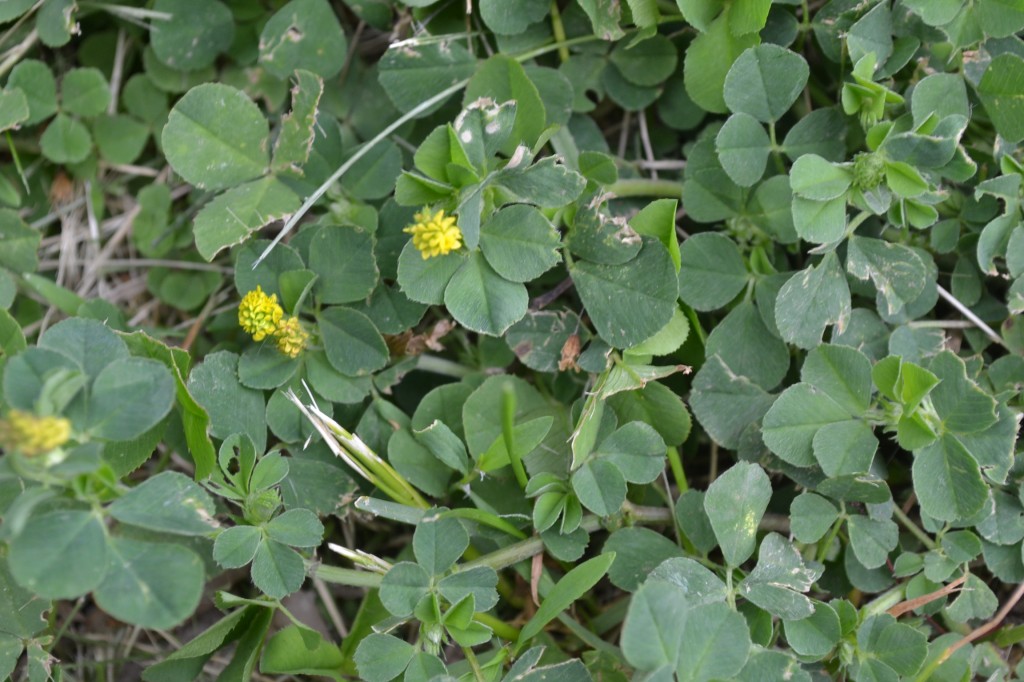A round 2 application should consist of a liquid broadleaf weed control herbicide. Round 2 applications are started when daytime temperatures are over 70 degrees. It is essential to treat broadleaf weeds when they are actively growing. If you apply herbicides to your lawn too early, you will only kill weeds that have fully emerged. If you wait until the end of May to treat for broadleaf weeds, you will have a better kill rate. Treating broadleaf weeds at the end of May through July is the most effective window for control. When temperatures exceed the product label, no more treatments should be made until the temperatures drop. Treating broadleaf weeds with a liquid herbicide when the temperature exceeds 90 degrees Fahrenheit may burn your lawn.
Round 2 application can also treat crabgrass.
Separate from a standard round 2 application, it is essential to provide a supplemental pre-emergent application to your lawn. If you have had extensive crabgrass problems in the past, consider doubling up with a second application. If there are frequent and heavy rain after your round 1 application, your pre-emergent may be compromised. Too much rain can dilute the product and wash it out of your soil, causing a breakthrough. If you receive a second dose of pre-emergents, then you should be adequately covered.
Post-emergent crabgrass, yellow foxtail, and goosegrass control can be made with a selective herbicide. The best product to use for a post-emergent application is quinclorac. This product must be mixed with a sticking agent to work correctly. Quinclorac comes in a small bottle and is granular. It must be mixed with water and the sticking agent to activate the product. Once mixed with water, the product turns a milky white. The product does require sufficient mixing to dissolve the product entirely.
Break through in pre-emergent.
Frequently you will see a breakthrough along curb areas, sidewalks or between your sidewalk and street. These areas can be difficult areas to control with just a pre-emergent product. These areas would benefit from post emergent spot treatment during your round 2 application.
A quality slow release fertilizer should be used during a round 4 application. Fertilizer will help promote root development and color enhancement.
Broadleaf herbicide products should be liquid for more accurate control. Granular broadleaf products will not efficiently control broadleaf weeds. Some problematic weeds such as wild violet, white clover, and ground-ivy (Creeping Charlie) will require multiple applications for complete control.
We recommend a product called T-Zone which controls a large spectrum of broadleaf weeds. This product will control difficult weeds such as violet, ground ivy, and clover. It may take several applications to control these weeds completely. After the first application, there is usually a 75% control using T-Zone.

